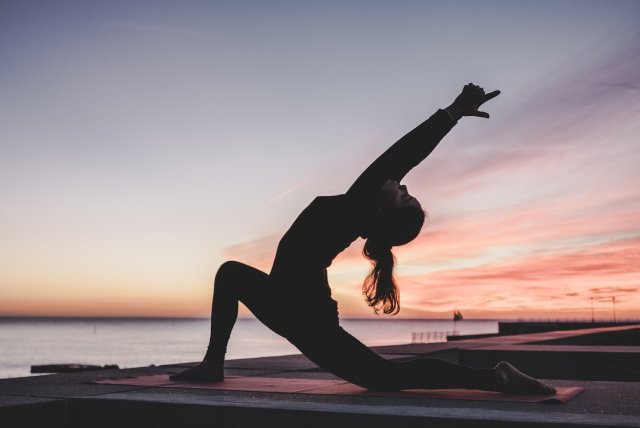
- Posted By MindBrain
- Comments 0
Disclaimer: This article is purely informational. It’s essential to consult with a healthcare professional before starting any new treatment or therapy.
Ketamine therapy and yoga might seem like strange bedfellows at first glance. One, a powerful anesthetic turned antidepressant, is often associated with a clinical setting, while the other, a millennia-old physical and spiritual practice, is synonymous with wellness and balance. However, recent explorations into the synergy between them promise new avenues for holistic mental health.

Understanding Ketamine Therapy
Ketamine, once mainly known as an anesthetic, has emerged as a revolutionary treatment for severe depression and PTSD. Unlike traditional antidepressants that target the brain’s serotonin and noradrenaline systems, ketamine interacts with the NMDA receptors. It can provide relief in hours instead of weeks, which is crucial for those in acute distress.
The Ancient Wisdom of Yoga
Yoga, on the other hand, has been practiced for thousands of years, offering both physical and mental benefits. Through asanas (postures), pranayama (breathing techniques), and meditation, yoga facilitates a deeper connection between the mind and body, promoting relaxation, mindfulness, and self-awareness.
The Synergy of Ketamine and Yoga
Enhanced Mind-Body Connection: The introspective and often profound experiences reported during ketamine sessions can be grounded and integrated through yoga. As the mind is opened up by the medication, yoga helps in connecting newly realized thoughts and feelings to physical sensations.
Mindfulness and Presence: Both ketamine therapy and yoga encourage presence and mindfulness. While ketamine might produce a dissociative effect, allowing patients to step back from their distressing thoughts, yoga anchors this newfound perspective with a focus on the present moment.
Physical Benefits: The antidepressant effects of ketamine can be amplified with the physical benefits of yoga. Stretching, strengthening, and breathing exercises can counteract feelings of stagnation and lethargy that often accompany depression.
Emotional Processing: The combined approach can also aid in processing trauma. While ketamine can bring traumatic memories to the surface, yoga offers a safe space to process these emotions, grounding the individual and providing tools to navigate them.


